Choosing between RAID 5 and RAID 6 can feel overwhelming when your data depends on the right setup. Both use striping and parity to balance performance, storage, and protection, but their differences matter more than they seem.
RAID 5 is known for efficiency and speed, while RAID 6 adds stronger fault tolerance. Understanding how each works is key to making the right choice for your environment.
In this blog, we’ll explore RAID 5 and RAID 6 in detail. You’ll learn their strengths, trade-offs, and where each performs best. By the end, you’ll have the clarity to decide which configuration aligns with your data protection goals.
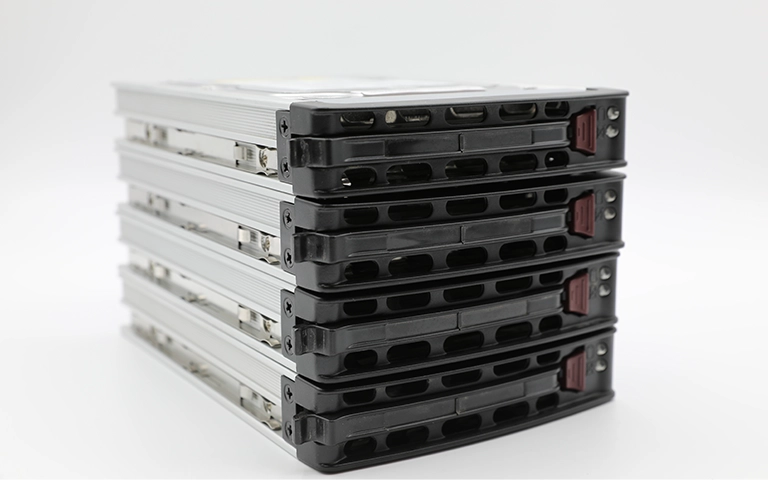
Why RAID Level Choice Matters
RAID arrays are designed to protect your data while improving storage performance. Still, not every RAID level offers the same level of resilience or efficiency. Choosing wisely helps you balance cost, performance, and risk.
RAID 5 and RAID 6 are among the most popular options. They both use parity to safeguard against drive failures, but the level of protection differs. That difference often decides whether your system can handle a failure without losing data.
The RAID level you choose also affects rebuild times and overall system stability. A setup that works for light use may not hold up in demanding business environments. Understanding these factors ensures your storage strategy supports long-term reliability.
Understanding RAID 5
RAID 5 is one of the most common configurations in business storage systems. It stripes data across multiple drives and uses parity to provide redundancy. This setup allows the system to keep running even if one drive fails.
The main appeal of RAID 5 is its balance of storage efficiency and performance. You get more usable capacity compared to mirrored arrays, while still maintaining basic fault tolerance. Many organizations choose it for file servers and general workloads.
However, RAID 5 comes with limitations. During a rebuild, performance can slow significantly, and the system remains vulnerable if another drive fails. With today’s larger drives, rebuild times are much longer, increasing the risk of data loss during recovery.
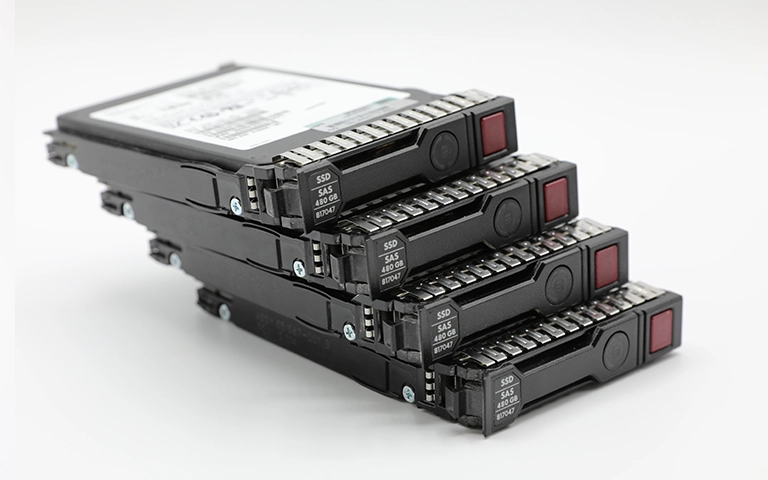
Understanding RAID 6
RAID 6 builds on RAID 5 by adding an extra layer of protection. Instead of one parity block, it uses two. This allows the array to continue operating even if two drives fail at the same time.
The trade-off is reduced storage efficiency and slower write performance compared to RAID 5. Still, many organizations consider this acceptable in exchange for higher reliability. It is especially important for systems using high-capacity drives where rebuilds can take days.
RAID 6 is often the choice for mission-critical workloads. Industries like finance, healthcare, and media rely on it to minimize downtime and protect valuable data. The extra fault tolerance helps safeguard against unexpected drive failures and long rebuild periods.
Fault Tolerance and Data Protection
Fault tolerance determines how well your system survives drive failures. It is the clearest difference in the RAID 5 vs RAID 6 comparison and often the deciding factor for many setups.
RAID 5
Protects against a single drive failure
Data is exposed if another drive fails before rebuild completes
Works for smaller arrays but carries higher risk with large disks
RAID 6
Protects against two simultaneous drive failures
Stronger safety during long rebuilds on large-capacity drives
Adds peace of mind for critical or high-demand environments
Choosing between them comes down to risk tolerance. RAID 5 may be enough for lighter workloads, but RAID 6 provides the safer margin for systems that cannot afford downtime or data loss.
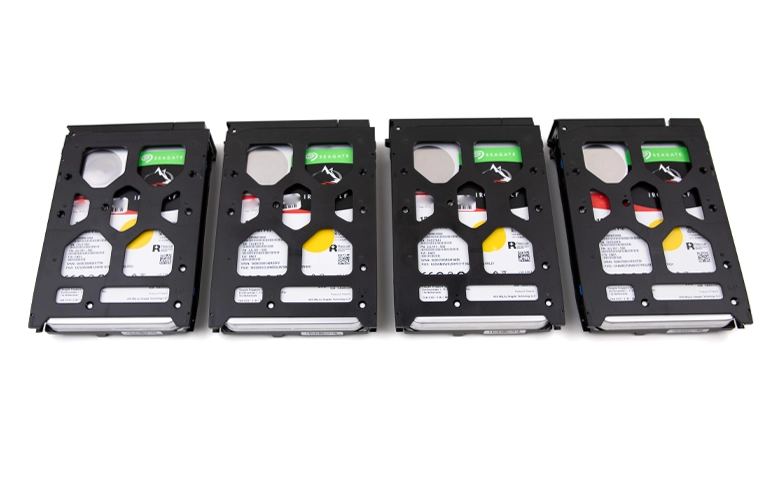
Performance and Storage Efficiency
Performance and usable capacity are key factors when weighing RAID 5 vs RAID 6. Both use striping and parity, but the number of parity blocks changes speed and storage efficiency.
RAID 5
Faster writes compared to RAID 6 since it calculates single parity
Reads perform well because data is striped across drives
Offers higher usable storage capacity since only one disk is reserved for parity
RAID 6
Slower write performance due to double parity calculations
Reads remain strong and scale with more drives
Less usable storage capacity because two disks are reserved for parity
If your workload is write-heavy and cost-sensitive, RAID 5 often performs better. RAID 6 sacrifices some speed and capacity but provides stronger protection, making it a better fit when data reliability outweighs
Fast turnaround times for business-critical data
Rebuild Times and Reliability Risks
When a drive fails, the array must rebuild using parity data. Rebuilds place heavy strain on the remaining disks and can take hours or even days, depending on drive size and workload. The longer the rebuild, the higher the chance of another failure.
Factors that influence rebuild time include:
Drive capacity and speed
Number of drives in the array
RAID controller performance
Workload on the system during rebuild
RAID 5 carries more risk here because only one drive can fail safely. RAID 6 reduces that risk by tolerating two failures, but rebuilds take longer due to double parity. For large modern disks, this trade-off often makes RAID 6 the safer choice.
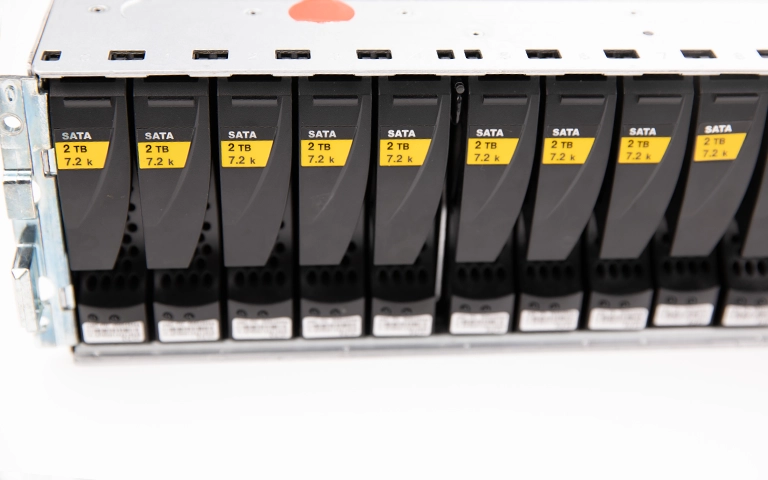
When to Choose RAID 5 vs RAID 6
Your choice between RAID 5 and RAID 6 should match your workload, risk tolerance, and budget. Use these guidelines to decide which configuration makes the most sense.
Choose RAID 5 if:
You need more usable storage capacity at lower cost
Your workloads are read-heavy and not highly write-intensive
You are running smaller arrays with moderate drive sizes
Downtime risk is acceptable as long as backups are in place
Choose RAID 6 if:
You require maximum protection against data loss
Your system uses large or aging drives that take long to rebuild
Workloads are mission-critical and downtime is costly
You want peace of mind knowing the array can survive two drive failures
RAID 5 offers efficiency and speed, but RAID 6 provides the resilience many modern businesses need. The right choice depends on how much risk you can accept versus how much reliability you demand.
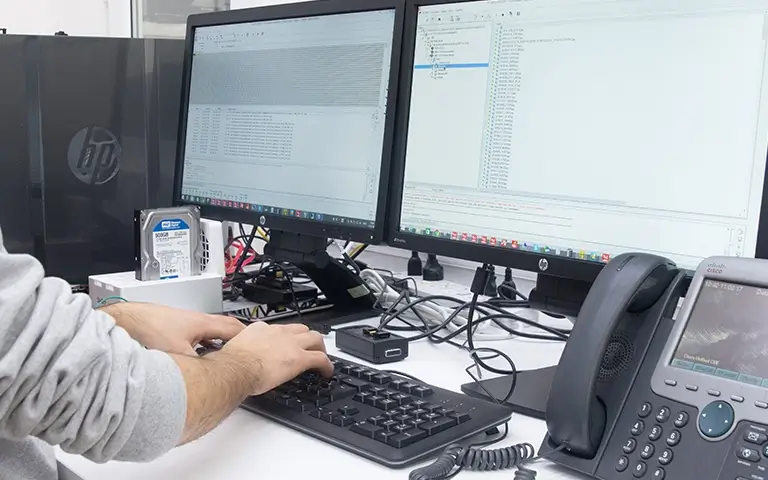
Conclusion and Professional Support
RAID 5 and RAID 6 both deliver strong storage solutions, but the right choice depends on your priorities. RAID 5 offers efficiency and speed, while RAID 6 adds resilience at the cost of performance and usable capacity. Evaluating your workloads and risk tolerance will guide you to the setup that fits best.
No matter which configuration you choose, unexpected failures can still occur. When that happens, attempting fixes on your own can make recovery harder.
At RAID Recovery Services, we specialize in restoring data from RAID arrays of all levels, including RAID 5 and RAID 6. Learn more about our full range of RAID data recovery services and how we can help you restore access to critical data when failures strike.
Our experts handle complex failures with precision, helping you minimize downtime and protect your business.
Need help with a RAID issue? Contact RAID Recovery Services today for professional support and a clear path to recovery.
Trust the experts with proven results
Frequently Asked Questions
Is RAID 6 slower than RAID 5?
Yes. RAID 6 has slower write performance because it calculates double parity. However, read speeds are similar, and the added protection often outweighs the performance loss for critical data.
Which is more reliable, RAID 5 or RAID 6?
RAID 6 is more reliable. It can survive two drive failures, while RAID 5 only tolerates one. This makes RAID 6 the safer option for large arrays and systems that cannot afford downtime.
Does RAID 5 or RAID 6 require more drives?
RAID 5 needs at least three drives, while RAID 6 needs at least four. Both can scale up, but RAID 6 always reserves the equivalent of two drives for parity.
Should I replace RAID 5 with RAID 6?
It depends on your needs. If you use high-capacity drives or handle critical workloads, RAID 6 offers better protection. RAID 5 may still be suitable for smaller arrays or non-critical storage.